Analysis and Comparison of an I-Beams Structural Stability
Introduction
The shape of an I-beam has long been considered to be the most structurally stable for the amount of material it uses.
Because of this, I-beams are frequently used in projects that relate to civil engineering, such as buildings and bridges. Considering I-beams have been used for decades in the construction industry to prevent buildings and bridges from collapsing under their own weight, why is it that these I-beams were made in the shape of an ‘I' in the first place? In this experiment, the ‘I' shape of the I-beam was put to the test and its structural stability was analyzed through a three point bending test simulation performed using SolidWorks Simulation.
I-beam was then compared to the structural stability of several other shapes, including a billet, a circular rod, a triangular rod, and a slab, in order to determine whether or not the I-beam truly is as efficient at resisting bending as it's renowned to be.
Gallery
Billet
Cross Section:

Forces Applied:

Static Displacement:

Stress:

Strain:

Circular Rod
Cross Section:
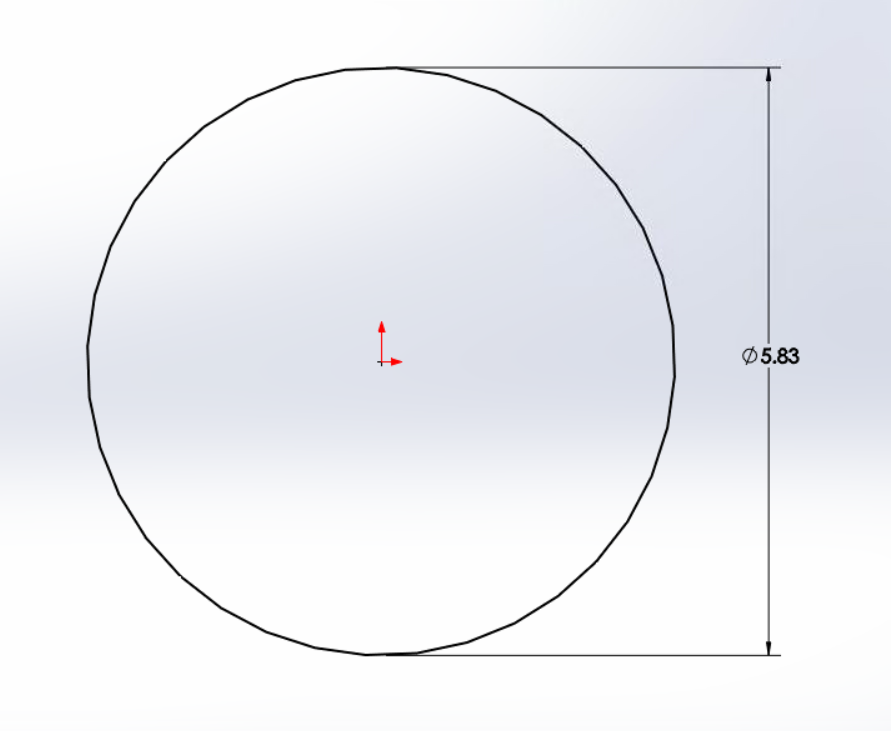
Forces Applied:
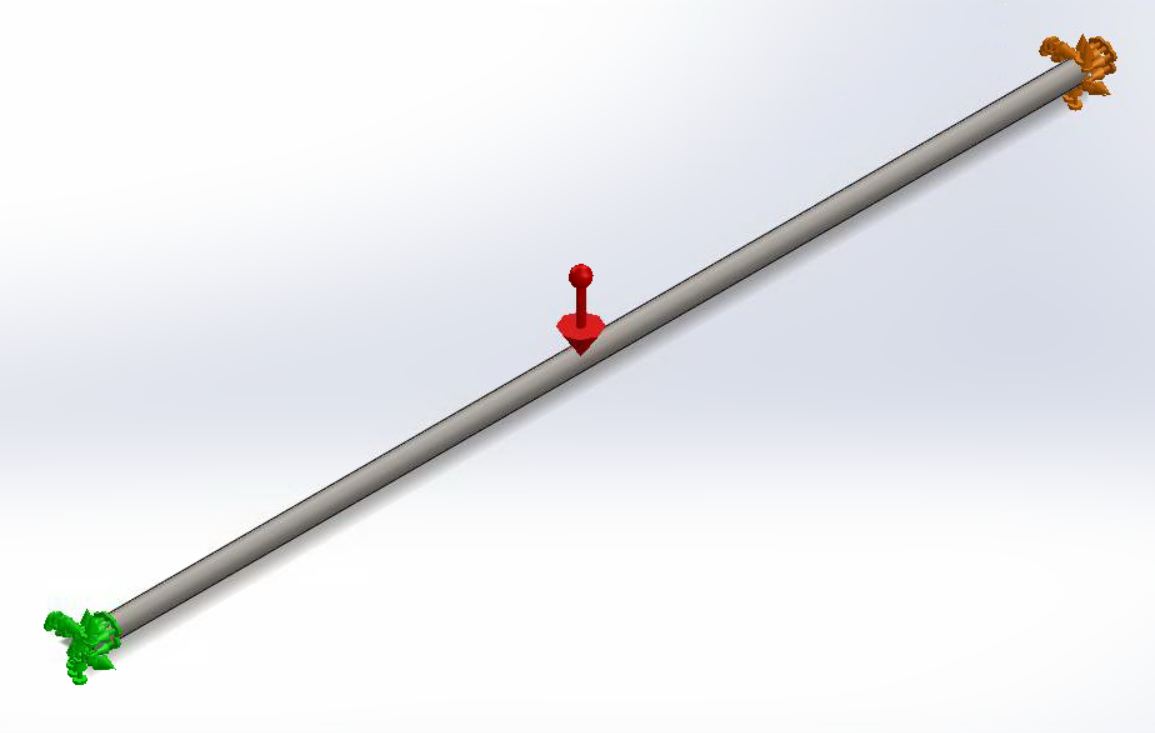
Static Displacement:

Stress:

Strain:
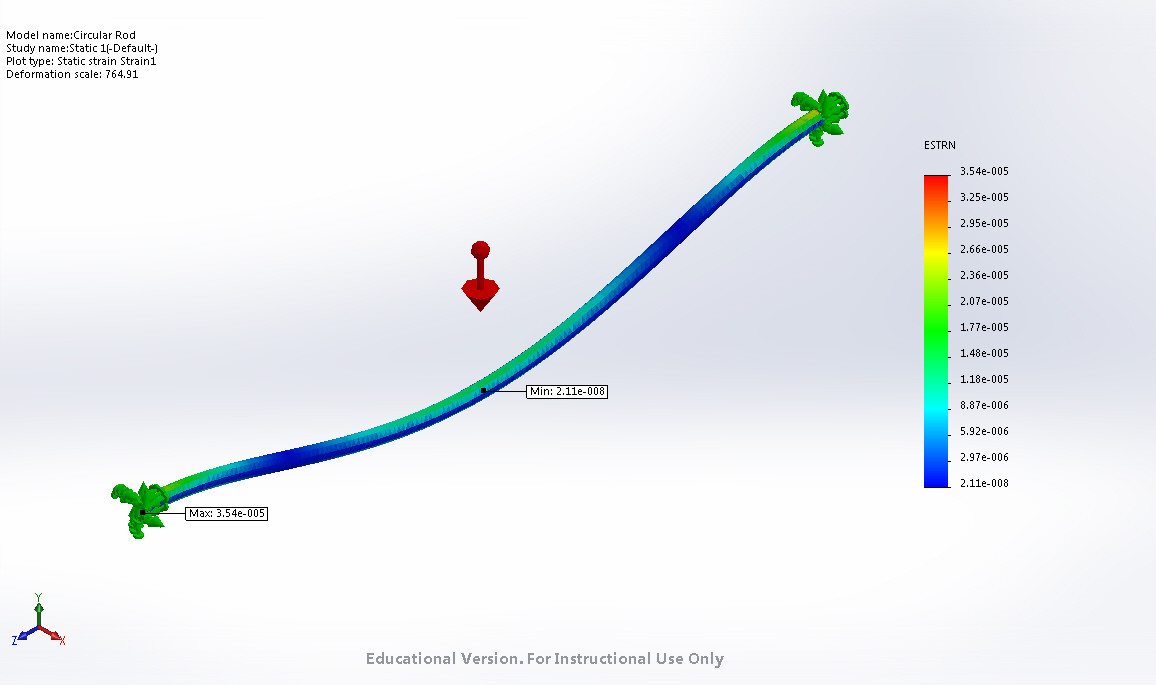
Slab
Cross Section:
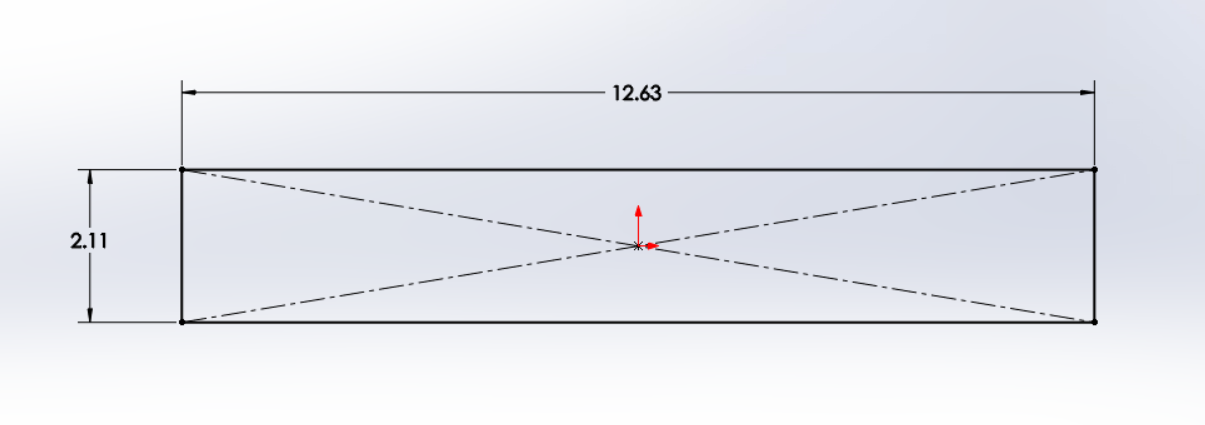
Forces Applied:

Static Displacement:

Stress:

Strain:

I-Beam
Cross Section:
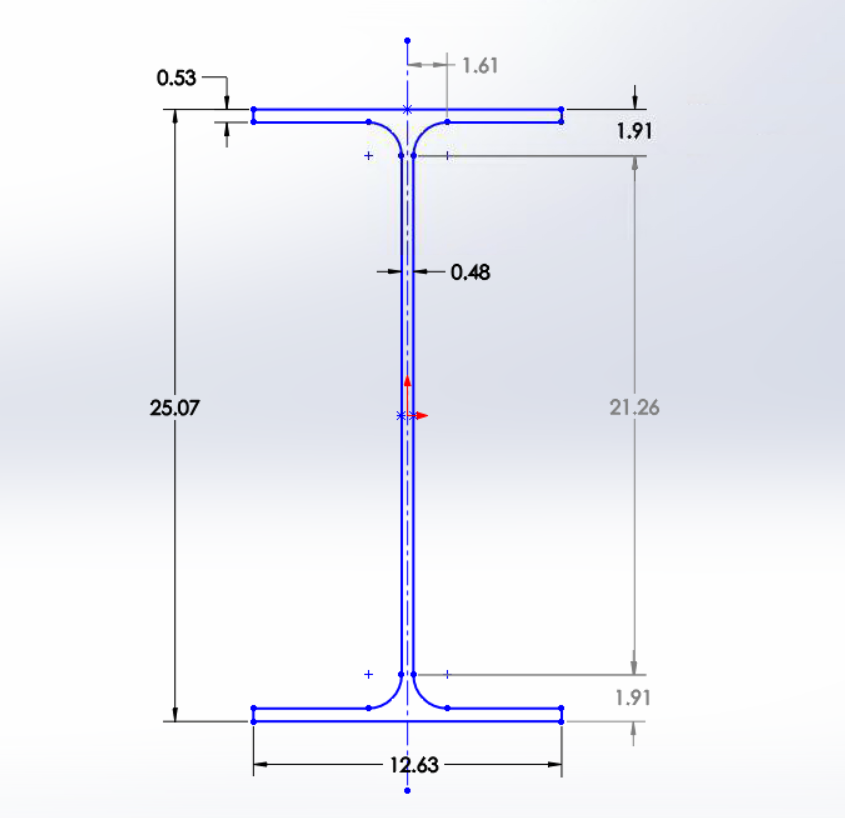
Forces Applied:

Static Displacement:

Stress:

Strain:
